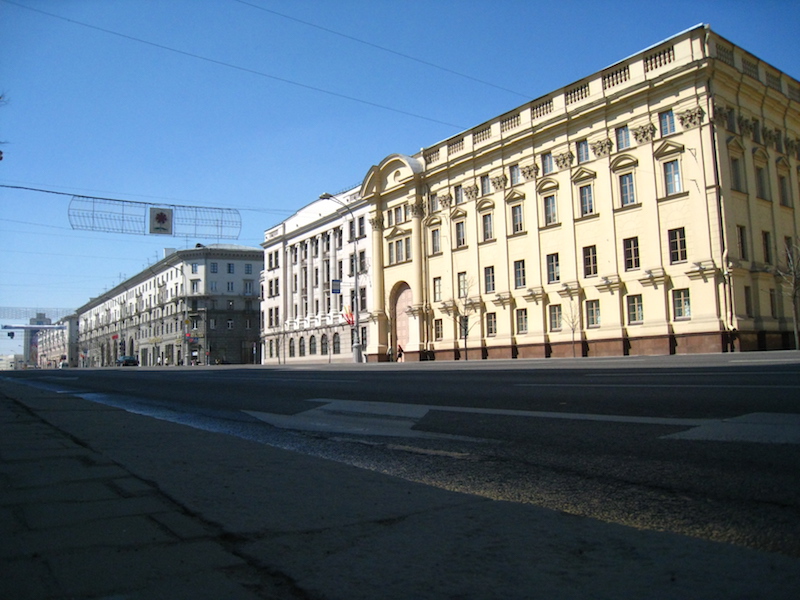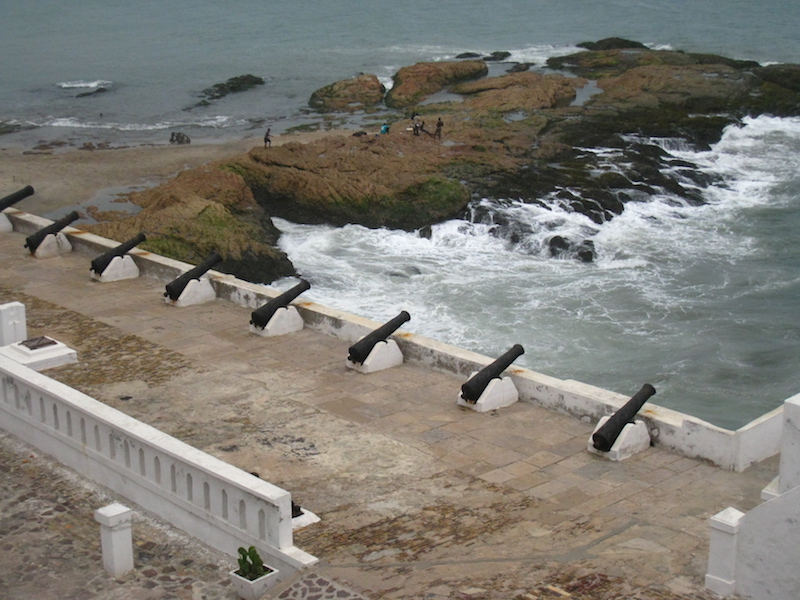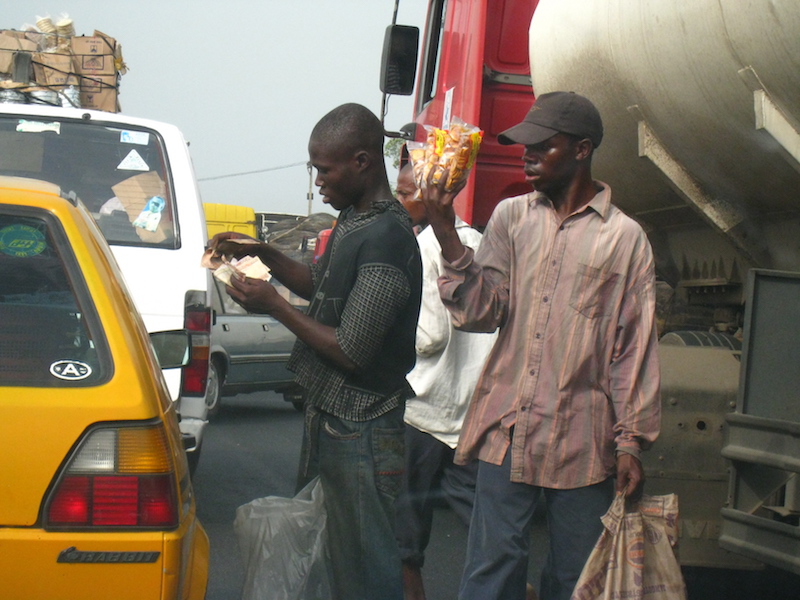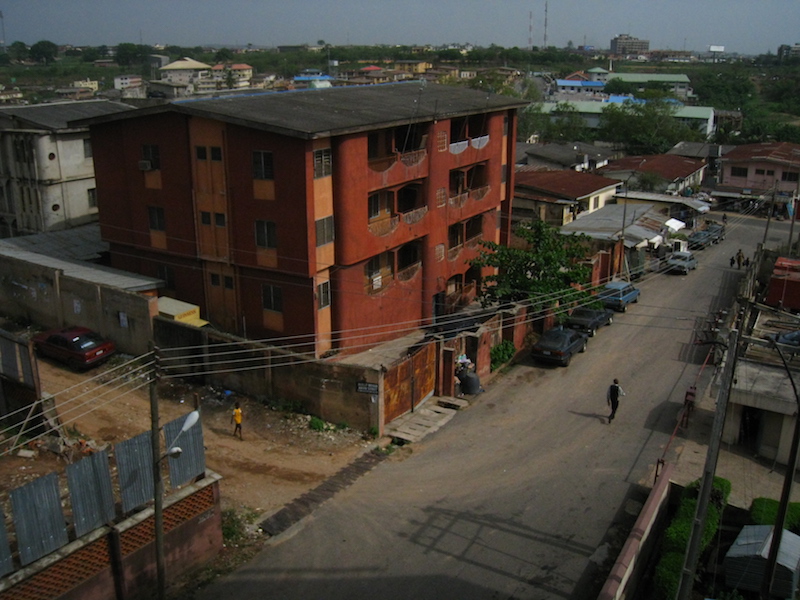Здравствуйте! Как дела? Hello all! How’s it going?
I had a wild week in Belarus. A wild week of…working. Fortunately, between hunting down the prices of transmission fluid, iodized salt, and a number of other market basket goods, I managed to squeeze in a few hours of down time.
On the flight from Frankfurt to Minsk, I sat next to a Belarusian-born business student studying in Toronto. We chatted about Minsk, about Toronto, and about a summer he spent as a furniture mover in America. My favorite anecdote of his – running out of money and using his last $13 to buy sausages and 3kg of rice at a Denver supermarket. Atta boy! We continued to chat when the plane landed, but when I got held up at customs, we made plans to see each other later in the week and said our goodbyes.
The drive into Minsk was picturesque. Wide, lick-ably clean streets and monolithic Soviet facades, the grandiose aesthetic of Stalin’s massive post-war rebuilding. During WWII, Belarus was invaded by Nazi Germany and suffered greatly during the occupation; 25% of the entire population was killed, and by the time the war was over, barely a stone was left standing.
As we approached the city center, my eyes darted from window to window – rolling parks and river bridges, a wedding celebration, and because it was nearing May9th (Victory Day), banners and flags galore. My thoughts of Minsk’s troubled past gave way to the vibrancy of a modern city.

Some interesting facts about Minsk:
- At one point, U.S. Secretary of State Condoleeza Rice called Belarus an “outpost of tyranny.” For the last 15 years, Alexander Lukashenko, a mustachioed megalomaniac known for controversial comments, has served as the Belarusian president. Yes, the KGB still taps phone calls.
- In 1986, the Chernobyl incident left a quarter of the country contaminated. To this day, effects are still felt in the southeast.
- All foreign visitors are required to possess medical insurance, which can be purchased at the airport if need be.
And now, a brief glimpse of activities during the week:
- I ate at Jomolungma, the only Tibetan restaurant in Belarus – of the 4 Tibetans in the country, all of them work there. The food was fantastic, and I enjoyed speaking with the multi-lingual owner about the history of the restaurant.
- Side note – the women in Minsk are breathtakingly beautiful. It’s like a supermodel breeding ground over here. The click-click of stiletto heels provided a quasi-erotic soundtrack to my week, and when it came time to price women’s lingerie, I made sure to take my precious time.
- I ate at Upteka, a pharmacy-themed restaurant bar that boasts a Cyrillic eye chart in the bathroom.
- My colleague, Catherine, bought $6 tickets to the ballet, but due to the language barrier, she accidentally bought tickets to a stage opera. We didn’t know this of course, until the show began.
The last night, though, was my favorite.
After a last-minute, unscheduled meeting with one of our clients, we rushed to a late dinner at Graffin, a local-dish restaurant with an atmosphere “akin to being inside Willy Wonka’s brain.” My choice of Belarusian ational cuisine was the draniki, or potato pancake. For all members of the Jewish tribe out there, if you feel like eating latkes year-round, Belarus is the place to be! After dinner, Catherine and I were recommended one of Minsk’s 15 nightclubs, Club Africa. Apparently we weren’t pretty enough, because ‘face control’ wouldn’t let us in. That’s what you get with all these damn supermodels. Back at the hotel, Catherine and I impishly explored an attached business center after seeing a ‘dance bar’ sign on the door. Buzzed and curious, we sat down at the (empty) bar but decided not to pay for the ‘erotic dance show.’ After a few drinks, some businessmen came in and ordered the show, so while Catherine and I finished our drinks, we caught the first half of the show. Best part of the evening – the DJ, seeing me eye the pretty girls, looked at me, raised his arms and said, “After two weeks, they are like furniture to me.” Classic.
##
Tomorrow I will post an update about Kiev, where I’m writing this post. Hope you enjoyed!









